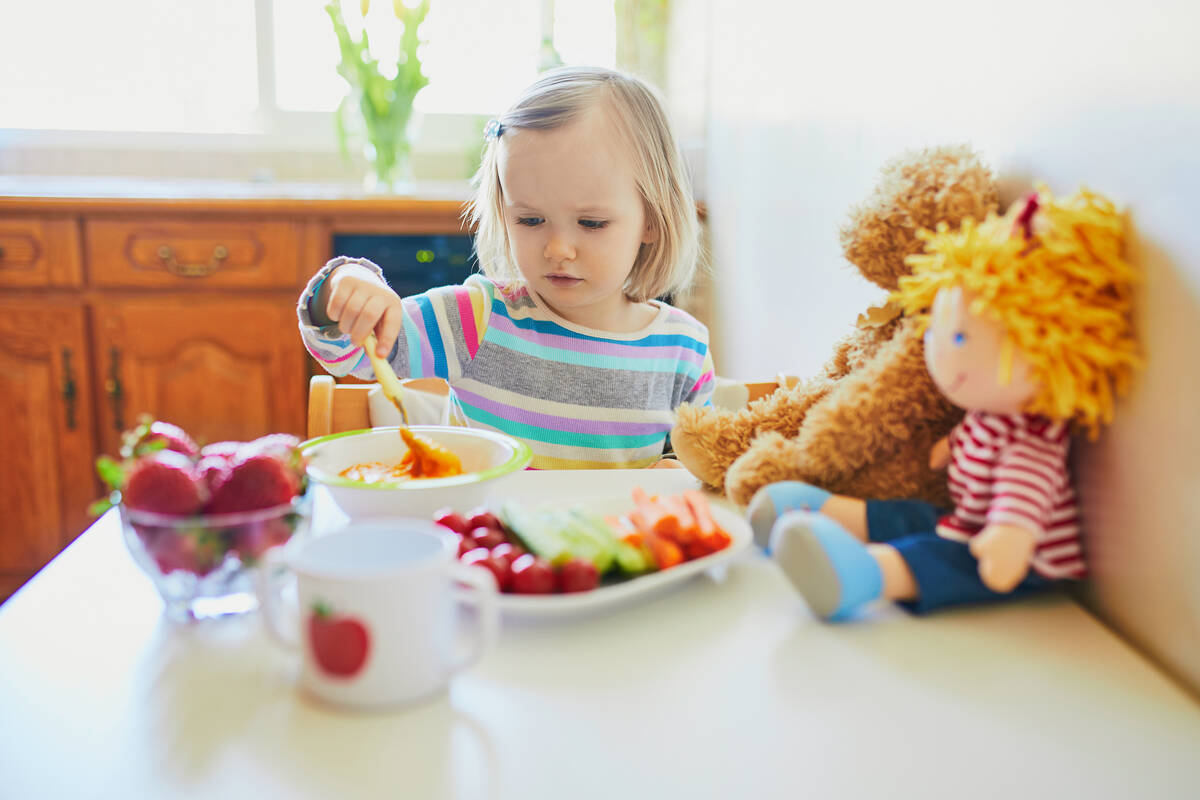On Nutrition: Tips for packing kids’ school lunches
Before I ever dreamed of becoming a parent, I was a consultant for the New Mexico Department of Education in Santa Fe. My job? To make sure the schools in our state were meeting federal guidelines for feeding wholesome meals to kids.
Then I had kids of my own, who often chose to take their lunch to school rather than buy it.
That was when my knowledge of foods that can optimize a child’s health came face-to-face with getting my kids to eat those foods.
If you’re one of those parents, a good starting place is to know what kids actually need nutritionally. For example, the U.S. Department of Agriculture’s National School Lunch Program is required to follow the Dietary Guidelines for Americans (dietaryguidelines.gov). The recommendations change every five years based on current nutrition research.
Based on the 2020-2025 guidelines, five food components are required to meet a child’s nutritional goals: fruit, vegetables, grains, meats and other protein alternatives, milk or dairy alternative.
That’s the nutrition side.
The challenge for schools, as well as parents, is to provide a variety of these foods in such a way that kids won’t throw them in the trash.
Let’s just say it’s a learning process.
Children, like adults, have different tastes and appetites. They may also have special dietary needs.
With that in mind, here are a few ideas that may help:
Consider the form. Most kids like fruit but might toss a fresh orange or apple unless it’s cut into bite-size pieces. I guarantee it’s worth the time. Younger kids also like fun finger fruits such as blueberries or strawberries. Or you can rely on the convenience of single-serving cans of water or juice-packed fruit.
Some kids love vegetables, some not so much. The goal here is persistence. If tomatoes make them gag, slice a few strips of red bell pepper along with their favorite dipping dressing. Baby carrots are durable and agreeable with most kiddos. And don’t forget that beans are an amazing vegetable as well as protein source (my grandkids love bean burritos).
Kids balk at “brown bread”? But there are other ways to get them to eat whole grains. Corn tortillas or popcorn, for example. Or cereal bars and crackers made with whole grains. And there really is such a thing as whole-grain white bread, according to the Whole Grains Council. Just be aware that “made with whole grain” is not the same as “100% whole grain.”
Instead of soggy sandwiches, pack tuna or other spreads separately (with an ice pack) along with a bag of crackers. Or make graham cracker sandwiches with peanut or sunflower butter. Frozen on-the-go yogurt pops can also help keep lunches cool.
Lastly, remember that children learn about food like they learn other subjects — through consistency and repetition. Don’t give up. It’s worth it in the long run.
Barbara Intermill is a registered dietitian nutritionist and syndicated columnist. Email her at barbara@quinnessentialnutrition.com.



















